White Shrubs: The Secret Weapon for a Garden That Glows
I’ve been designing gardens for a long, long time, and one of the biggest lessons I ever learned had nothing to do with flashy colors. It was about light. I remember a client who lived in a heavily wooded spot; she wanted a garden that didn’t just vanish into a black hole at dusk. She wanted it to feel alive in the evening.
In this article
The answer wasn’t a bunch of expensive landscape lighting. It was simpler. It was white.
White flowering shrubs are absolute magic. They grab the last bits of sunlight and seem to glow under the moon. They create these beautiful focal points and give the whole garden a solid shape when other colors just fade into the gray. Honestly, they’re not just pretty faces; they’re one of the most functional tools you can use to shape your outdoor space.
So many of us get lured in by a pretty picture on a nursery tag, only to have that plant fizzle out, get way too big for its spot, or fall prey to some annoying disease. This guide is different. We’re going to skip the fluff and get into the stuff that actually matters—the stuff that helps you make smart choices that will look great for years.
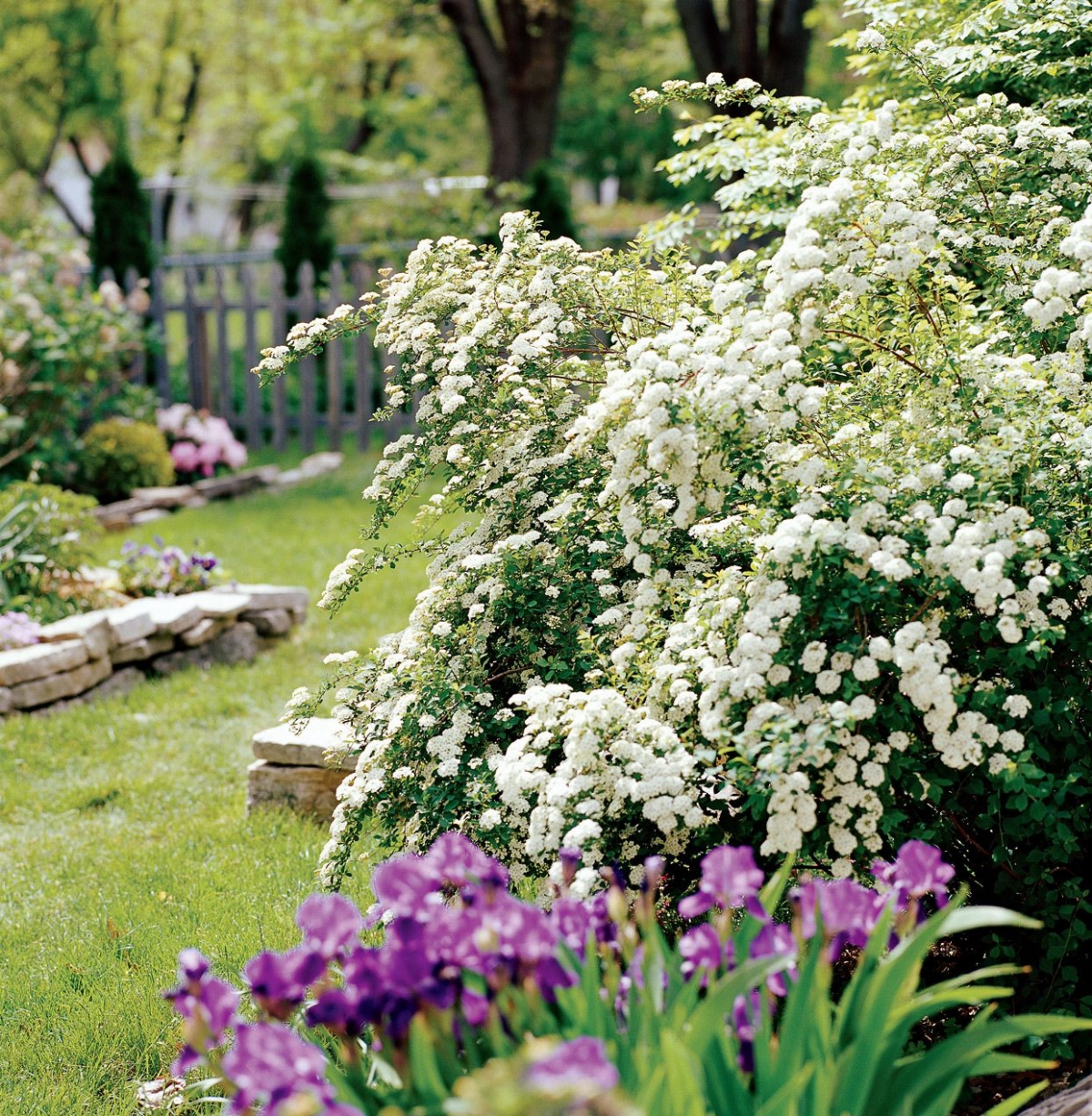
Why White Just Works in the Garden
Okay, a tiny bit of science, but I promise it’s useful. White flowers and even variegated leaves work so well because they have what’s called a high ‘albedo.’ It’s a fancy word that just means they reflect a ton of light, whereas dark colors absorb it. This simple fact has some really cool, practical uses.
Got a shady corner that feels a bit gloomy? A white-flowering shrub like an Oakleaf Hydrangea can instantly make it feel brighter, larger, and way more inviting. And in the evening, that reflective quality is turned up to eleven. This is the whole idea behind a ‘moon garden,’ which is designed specifically to be enjoyed at night. The white blooms literally look like they’re glowing in the dark.
But we also have to talk about soil. For some of the most popular white shrubs, soil chemistry is everything. Have you ever bought a beautiful white Bigleaf Hydrangea, only to have it bloom a confusing pink or blue the next year? That’s all about aluminum in the soil. The plant can only suck up that aluminum when the soil is acidic (with a pH below 6.0). To keep those blooms a pure, crisp white, you need to keep the soil pH above 6.5, which blocks the plant from absorbing any aluminum.

Quick tip: Always test your soil before planting one of these. A simple home kit from a big-box store works, but for a few bucks more, a lab test from your local agricultural extension office will give you a much more detailed report. To keep my hydrangeas white, I often amend the planting hole with a bit of garden lime to raise the pH. A cup or two mixed into the backfill soil for a typical 5-gallon plant is usually a good starting point.
Choosing the Right Plant (And Actually Planting It Correctly)
Picking the right plant for the right place is, without a doubt, the most important thing you’ll do. A nursery tag gives you the basics, but it’s not the whole story. I like to think about shrubs based on their job in the garden. Let’s break it down.
The Workhorses: Shrubs for Structure
These are the backbone of your garden. They look good even when they aren’t blooming and provide a solid structure for everything else.
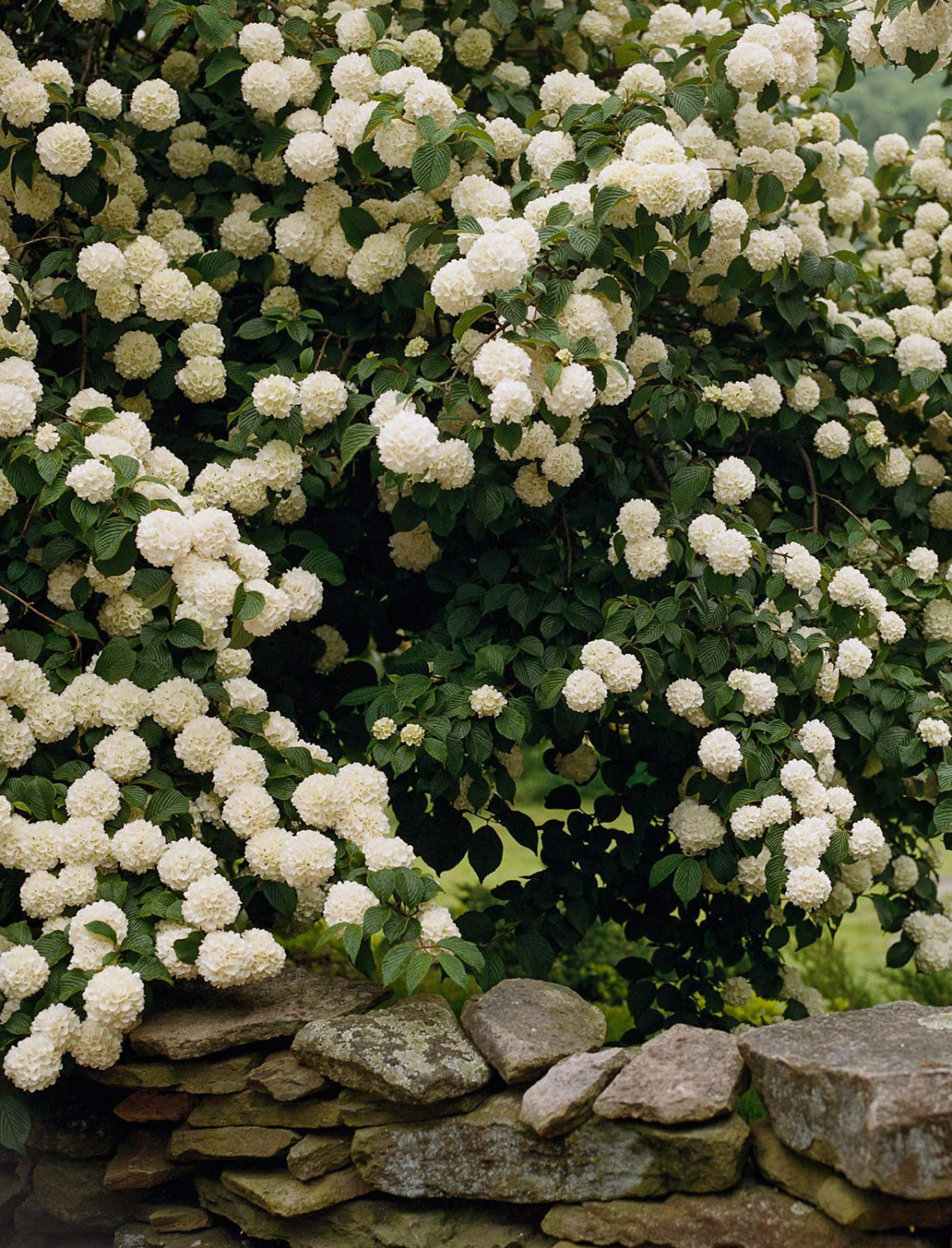
Panicle Hydrangea: If you want a reliable, easy-to-grow shrub, this is it. Varieties like ‘Limelight’ and ‘Bobo’ are incredibly tough. They can handle full sun in cooler areas and a bit of afternoon shade down south. They bloom on new wood, which is great news—it means you can prune them in late winter or early spring without any fear of cutting off the flower buds. A common mistake is to just give them a light haircut. Don’t do that! For established plants, I recommend a hard prune, cutting them back to a framework about 18-24 inches from the ground. This encourages thick, strong stems that won’t flop over with those giant blooms. Expect to pay around $30-$60 for a decent 2-gallon plant at a nursery; it’ll look good in its first year and amazing by year three.
Oakleaf Hydrangea: This is a true four-season superstar. You get huge, cone-shaped white flowers in the summer that fade to a dusty rose. Then, in the fall, the oak-like leaves turn a stunning burgundy. And in winter? You get cool, peeling, cinnamon-colored bark. The catch? These bloom on old wood. You must prune them right after they finish flowering in mid-summer. If you touch them in the spring, you’ll get no flowers that year. They love morning sun and afternoon shade, especially where it’s hot.
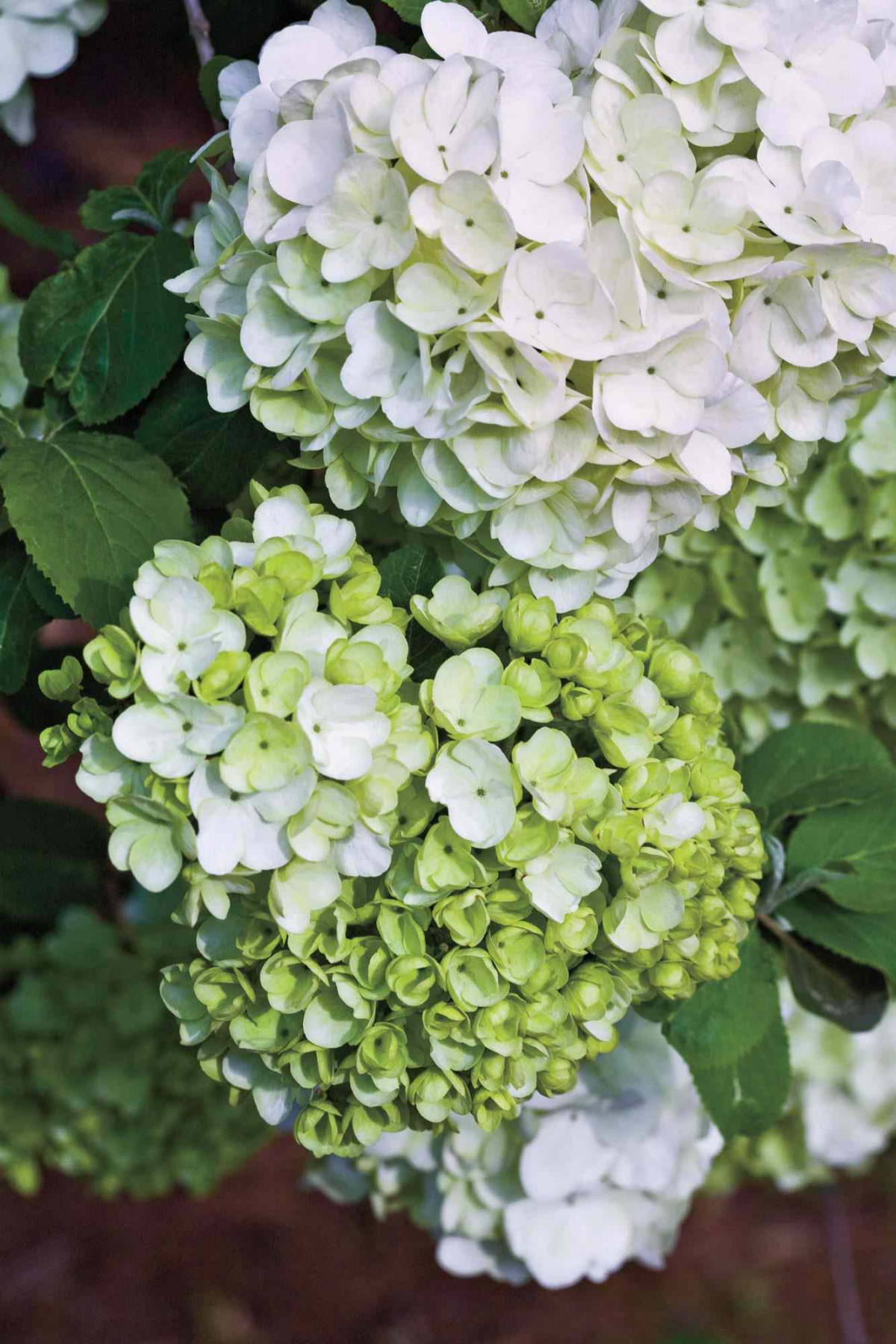
Korean Spice Viburnum: If you care about fragrance, this one is a must-have. In mid-spring, it’s covered in these round clusters of white flowers that have the most incredible spicy-sweet scent. Seriously, it can fill your whole yard. I always try to place these near a patio, a walkway, or an open window. It’s a pretty low-maintenance shrub that just needs a little shaping after it flowers.
The Scented Wonders: For High-Traffic Spots
Placing fragrant shrubs where you’ll walk past them every day is such a simple way to add another layer of joy to your garden.
Mock Orange: This is for anyone who loves a classic, old-fashioned floral scent. The pure white flowers pop out in late spring and smell just like orange blossoms. The original kind can get a bit big and wild, so I tend to use more compact varieties. These also bloom on old wood, so prune them right after they flower. If you have an old one that’s become a tangled mess of non-blooming sticks, try renewal pruning: every year, cut about one-third of the oldest, thickest stems right down to the ground. This forces fresh, new growth from the base.
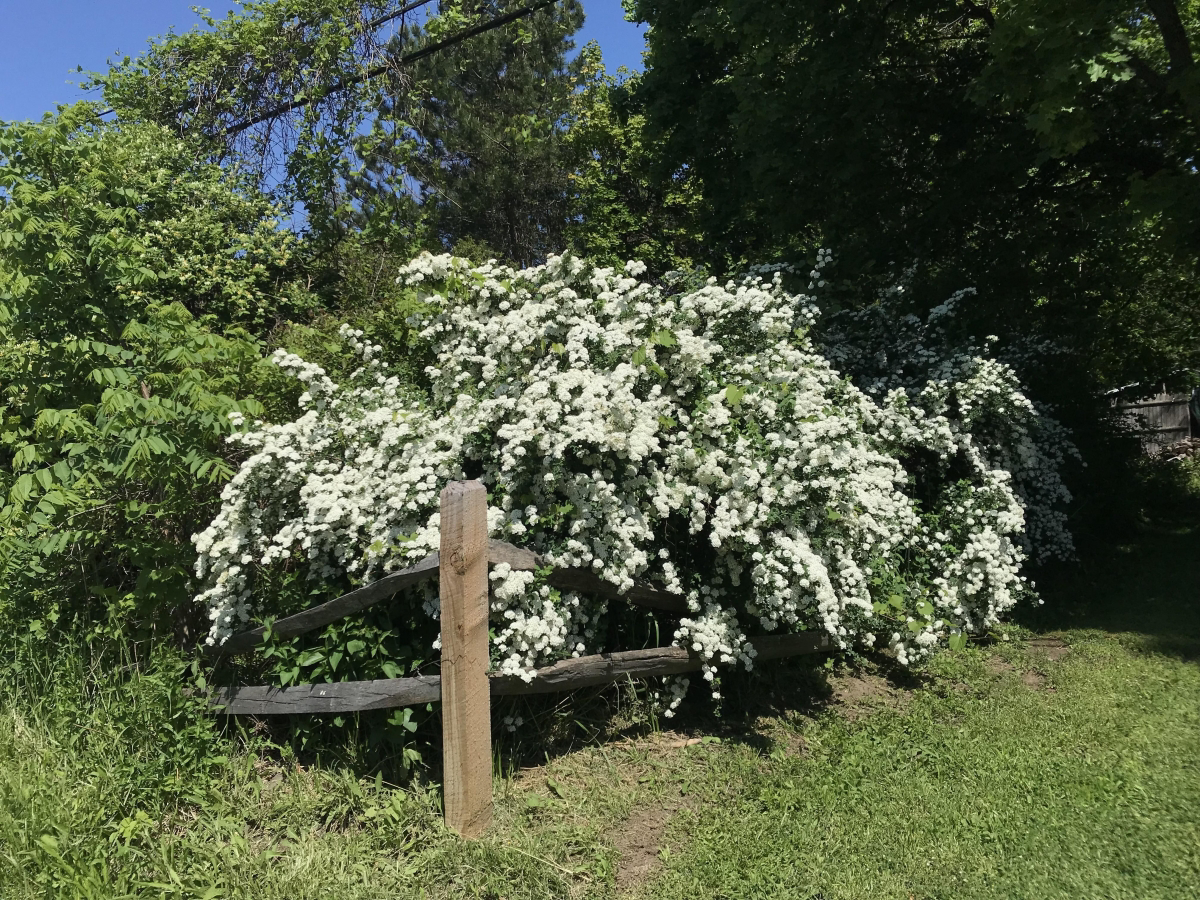
Summersweet: This is a fantastic native plant that often gets overlooked. Its superpower? It loves moist, even boggy soil where other shrubs would just rot. It gives you these cool, upright spikes of white, bottlebrush-like flowers in the middle of summer when not much else is happening. The fragrance is amazing and it’s an absolute magnet for bees and butterflies. I have one in my own rain garden and it’s buzzing from dawn till dusk. It’s a great problem-solver for those tricky wet, partly-shaded areas.
The Nitty-Gritty of Planting
How you put a plant in the ground is just as important as which one you choose. Here’s what really matters.
First, test your drainage with a percolation test. Dig a hole about a foot deep and a foot wide. Fill it with water, let it drain, then fill it again. If that second batch of water is still sitting there after 4-5 hours, you’ve got slow drainage. For plants that hate wet feet, you’ll need to plant them in a raised bed or amend a very large area—not just the little planting hole.
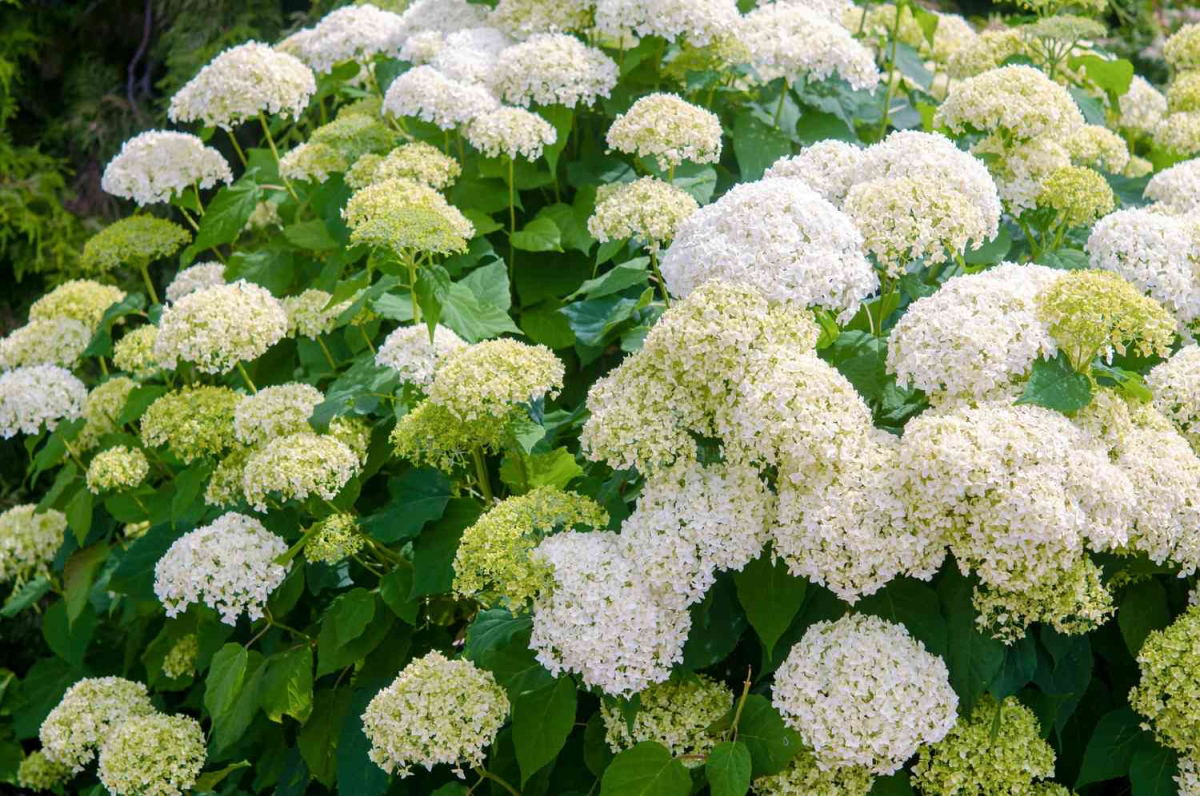
Next, deal with the roots. I can’t tell you how many dead shrubs I’ve pulled up for clients only to find a perfectly pot-shaped root ball a year later. The roots just kept circling and strangled the plant. You have to be aggressive here. Tease them apart with your hands, or even take a soil knife and make a few vertical cuts down the side of the root ball. It feels harsh, but it’s better to break a few roots now than have the whole plant die later.
Finally, when you plant, create a little soil berm—like a moat—around the base of the shrub. This traps water and directs it right down to the roots where it’s needed most.
Heads up on cost! A simple planting project can add up. For one panicle hydrangea, you might budget for: the plant itself ($30-$60), a bag of good quality compost to mix in ($10), and maybe a box of slow-release, balanced fertilizer ($15). Knowing the total cost helps make the project feel more achievable.
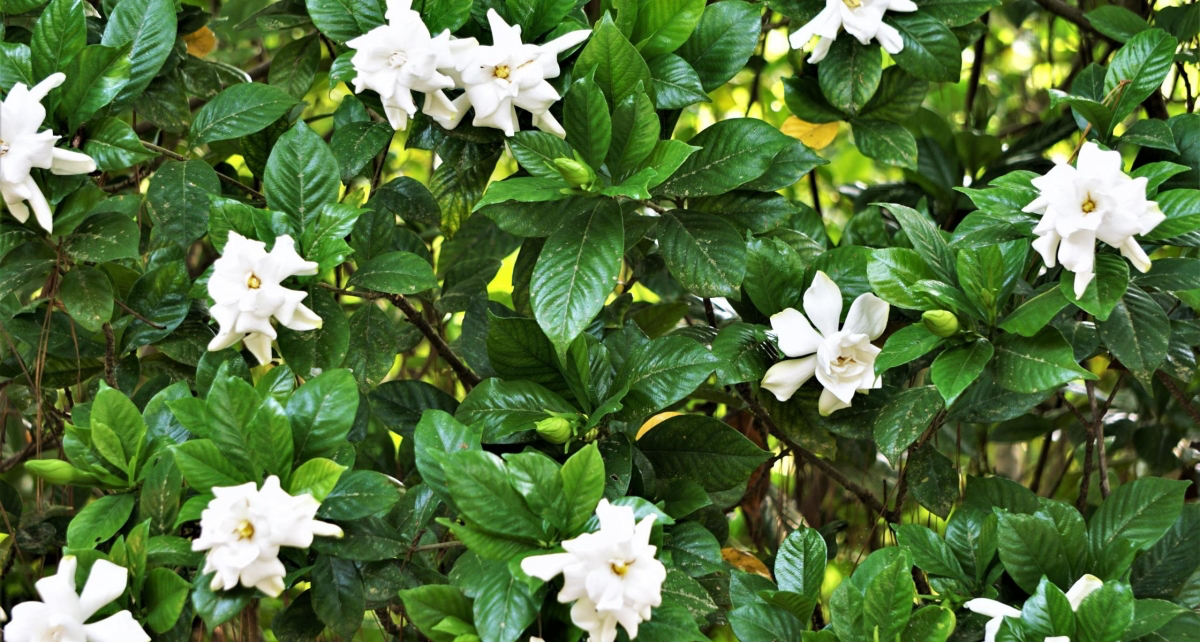
What Works Where: Regional Realities
A plant that’s a hero in one part of the country can be a total dud in another. Here’s a quick rundown based on my experience.
- For Colder Climates (Zones 3-5): Toughness is everything. Panicle hydrangeas are champions here. Smooth hydrangeas, like the classic ‘Annabelle’, are also great. Their stems might die to the ground, but they bloom like crazy on new spring growth. The only complaint is that ‘Annabelle’ can flop after a rainstorm. Newer versions like ‘Incrediball’ were developed to have much stronger stems to fix that exact problem.
- For Hot, Humid Climates (Zones 7-9): Here, you need plants that can handle the heat and resist disease. Gardenias are iconic for their glossy leaves and heavenly scent, but they can be magnets for pests. Good air circulation and morning sun are key. Oakleaf hydrangeas also thrive in the heat, since they’re native to the Southeast.
- For Dry Climates (like the West): Water is the name of the game. Many lush shrubs just won’t work without tons of irrigation. But some varieties of Rose of Sharon are surprisingly drought-tolerant once they’re established. Certain Mock Oranges can also do well if they get a break from the hottest afternoon sun and are watered deeply but infrequently to encourage deep roots.

Keeping Them Looking Good: Pruning and Problem-Solving
Pruning is where most people freeze up, but it’s simple if you remember one thing.
The Golden Rule of Pruning
It all comes down to whether your shrub blooms on old wood or new wood.
- Blooms on Old Wood: These guys form their flower buds over the summer and fall for the next year. If you prune them in winter or spring, you chop off all the flowers. This includes Lilac, Mock Orange, and Oakleaf Hydrangea. The rule: Prune them within a month after they finish flowering.
- Blooms on New Wood: These shrubs make their flower buds on the fresh growth they put on in spring. You can prune them hard in winter and they’ll still flower beautifully that summer. This includes Panicle Hydrangea and Smooth Hydrangea. The rule: Prune them when they are dormant, from late fall to early spring.
Lesser-known trick: If you can’t remember the rule, here’s a cheat. If it blooms before the end of June, prune it right after it flowers. If it blooms in July or later, prune it in late winter. It’s not a perfect rule, but it works for most common shrubs!
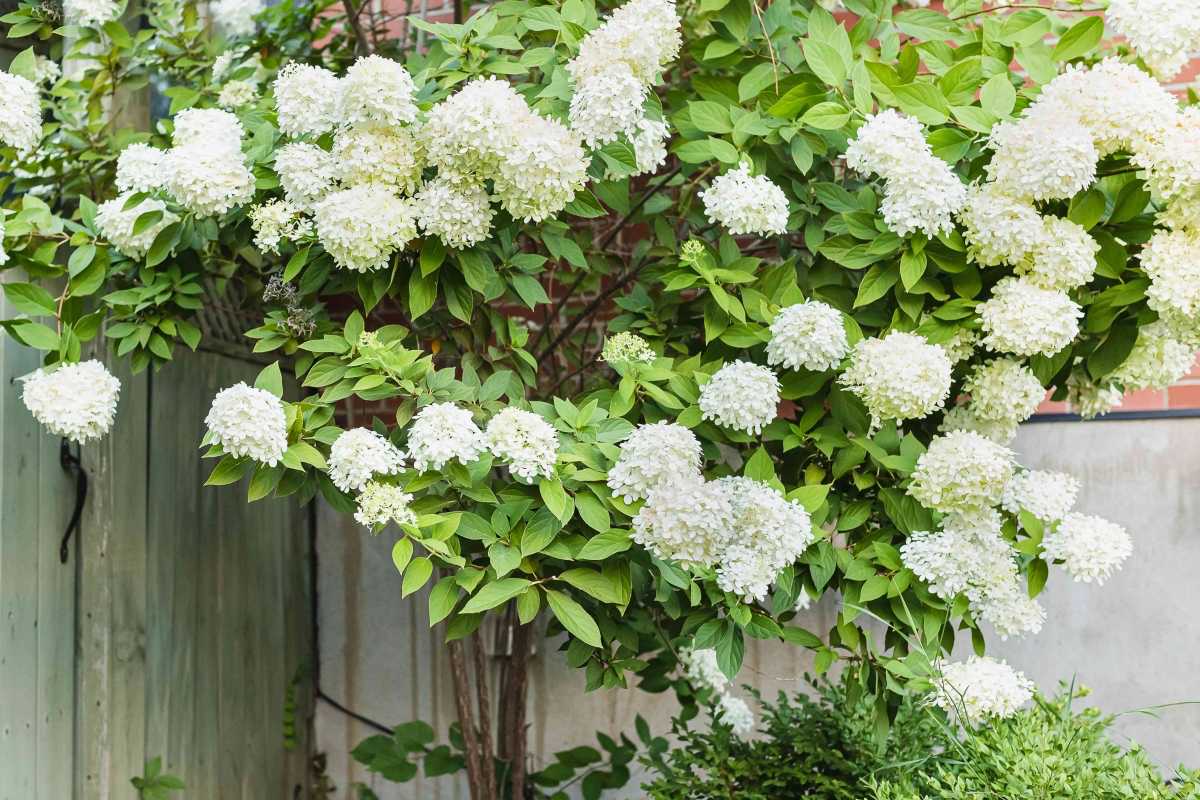
Troubleshooting Common Headaches
You see the same problems pop up over and over. Here’s the quick-and-dirty diagnosis.
Why are there no flowers on my shrub?
My diagnosis: It’s almost always one of three things. 1) You pruned at the wrong time (see above!). 2) Not enough sun. Most flowering shrubs need at least six hours of direct sun to really perform. 3) Too much nitrogen fertilizer, often from lawn treatments drifting into your garden beds. Nitrogen gives you lots of leafy green growth but no flowers.
Why are the leaves yellow but the veins are still green?
My diagnosis: This is a classic case of iron chlorosis. The soil pH is likely too high (alkaline), which means the plant can’t access the iron that’s already in the soil. A short-term fix is a spray of chelated iron, which you can get at any garden center. The long-term fix is to gradually lower the soil pH with amendments like elemental sulfur.
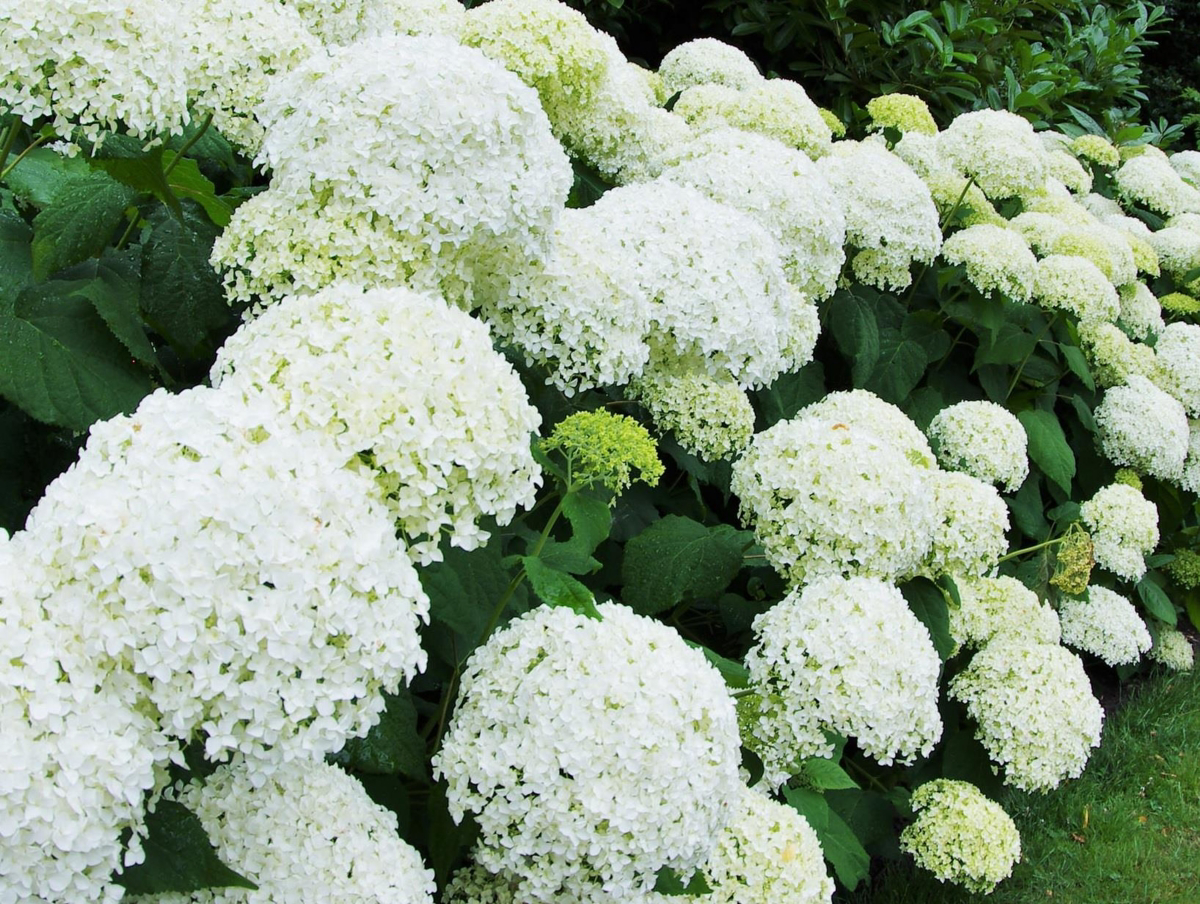
A Final Word on Safety
Gardening is a joy, but you’ve got to be smart. Always use sharp, clean tools. A dull blade is dangerous because it requires more force, and it crushes plant stems, inviting disease. I carry a small bottle of rubbing alcohol to wipe my pruners between plants, especially if I’m cutting out anything that looks diseased.
Also, be aware that some common plants, like Japanese Andromeda and Rhododendrons, are toxic if eaten. It’s just good to know what’s in your yard, especially if you have curious pets or little kids.
And hey, know when to call a pro. If a huge, overgrown shrub is tangled up in power lines or threatening your house’s foundation, don’t be a hero. A certified arborist has the right gear and insurance to handle that safely.
Building a garden with a strong foundation of white shrubs is about so much more than a few pretty flowers. It’s an investment in structure, light, and creating a space that feels good to be in, day or night, through every season.
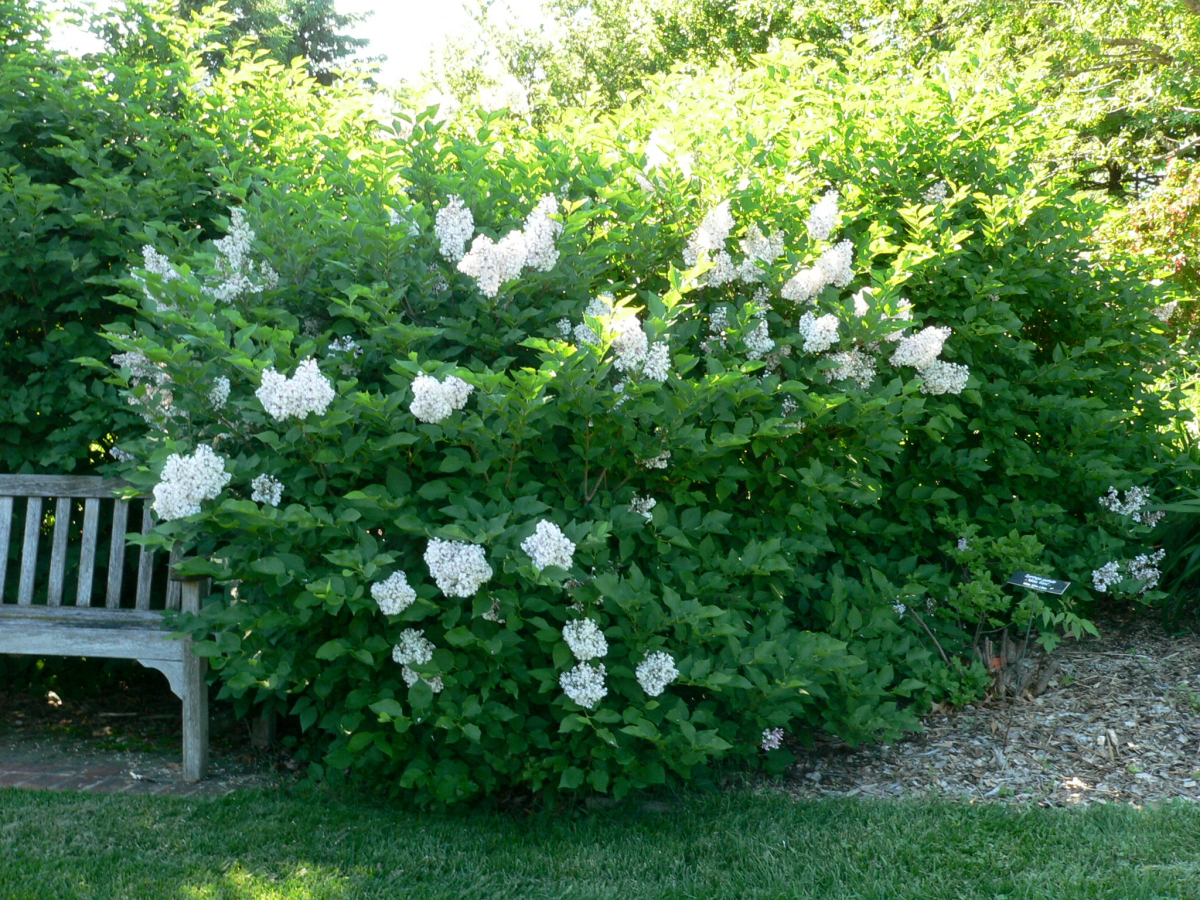
Galerie d’inspiration
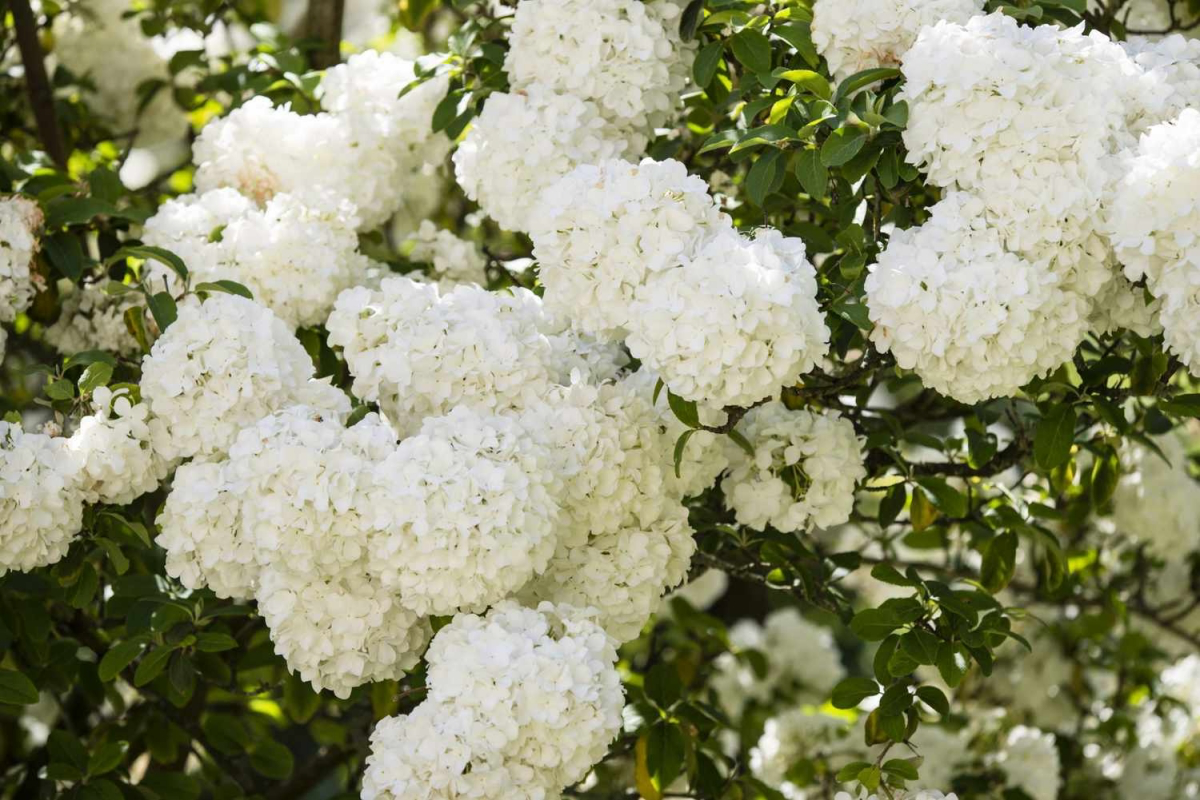
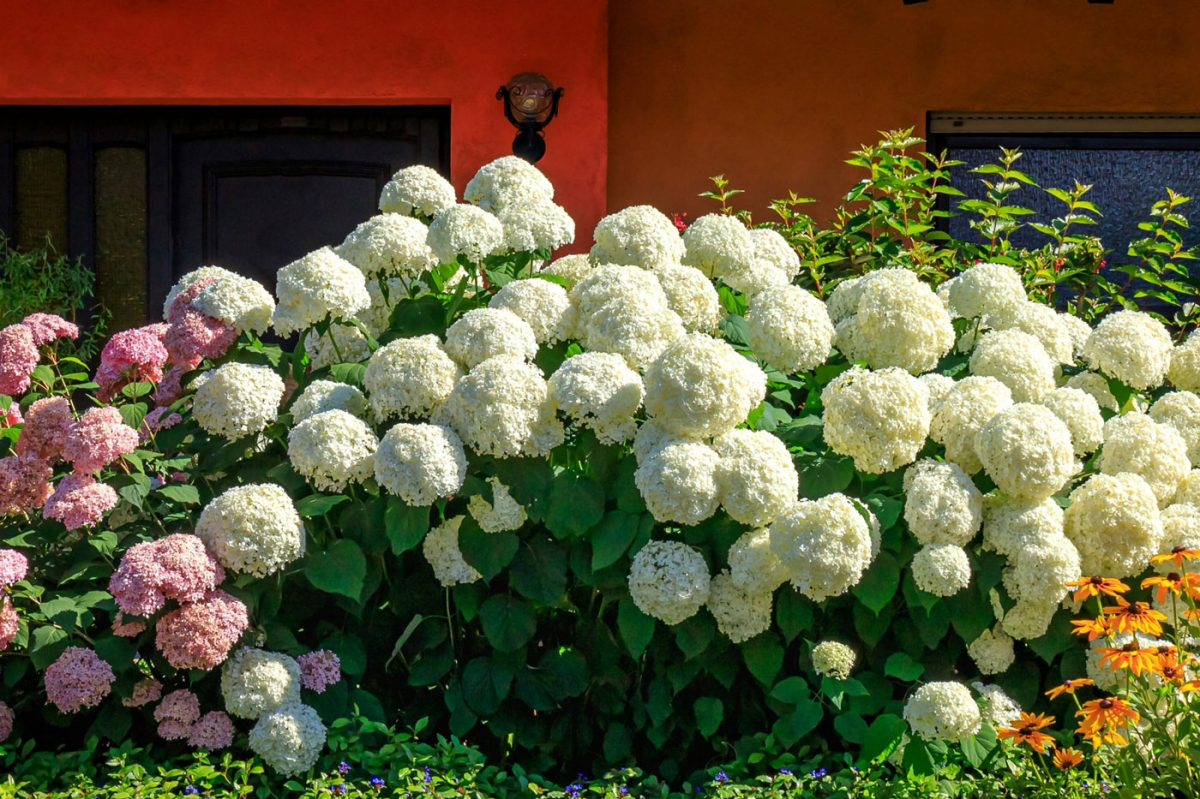
Ever wonder why your beautiful Mock Orange or white Lilac suddenly stopped blooming?
The culprit is often your pruning shears, or rather, the timing. These shrubs create their flower buds on last year’s growth (known as ‘old wood’). If you prune them in late autumn or winter, you’re unknowingly cutting off all of next spring’s potential flowers. The golden rule for most spring-flowering white shrubs is to prune them within a month *after* they have finished their floral display. This gives them a full season to grow the wood that will carry next year’s glorious blooms.
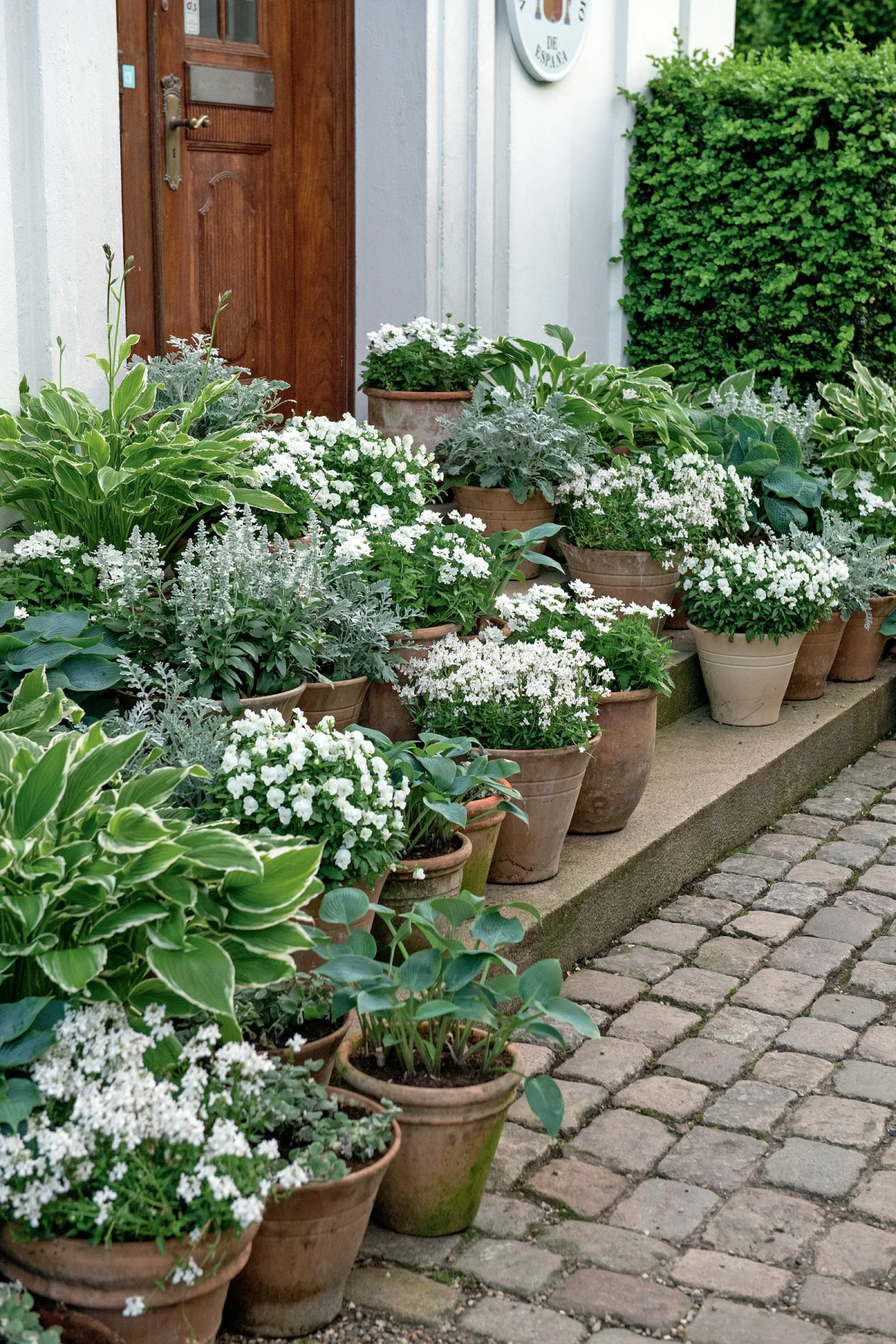
Many night-pollinating moths are drawn to pale or white flowers, which are more visible in low light and often release their fragrance after dusk.
Your ‘moon garden’ isn’t just a treat for the eyes; it’s a bustling nighttime café for crucial pollinators. The glowing white blooms of a Korean Spice Viburnum (Viburnum carlesii) or the sweet scent of a Summersweet (Clethra alnifolia) become irresistible beacons for species like the Hummingbird Moth, adding a secret, dynamic layer of life to your garden long after the sun has set.
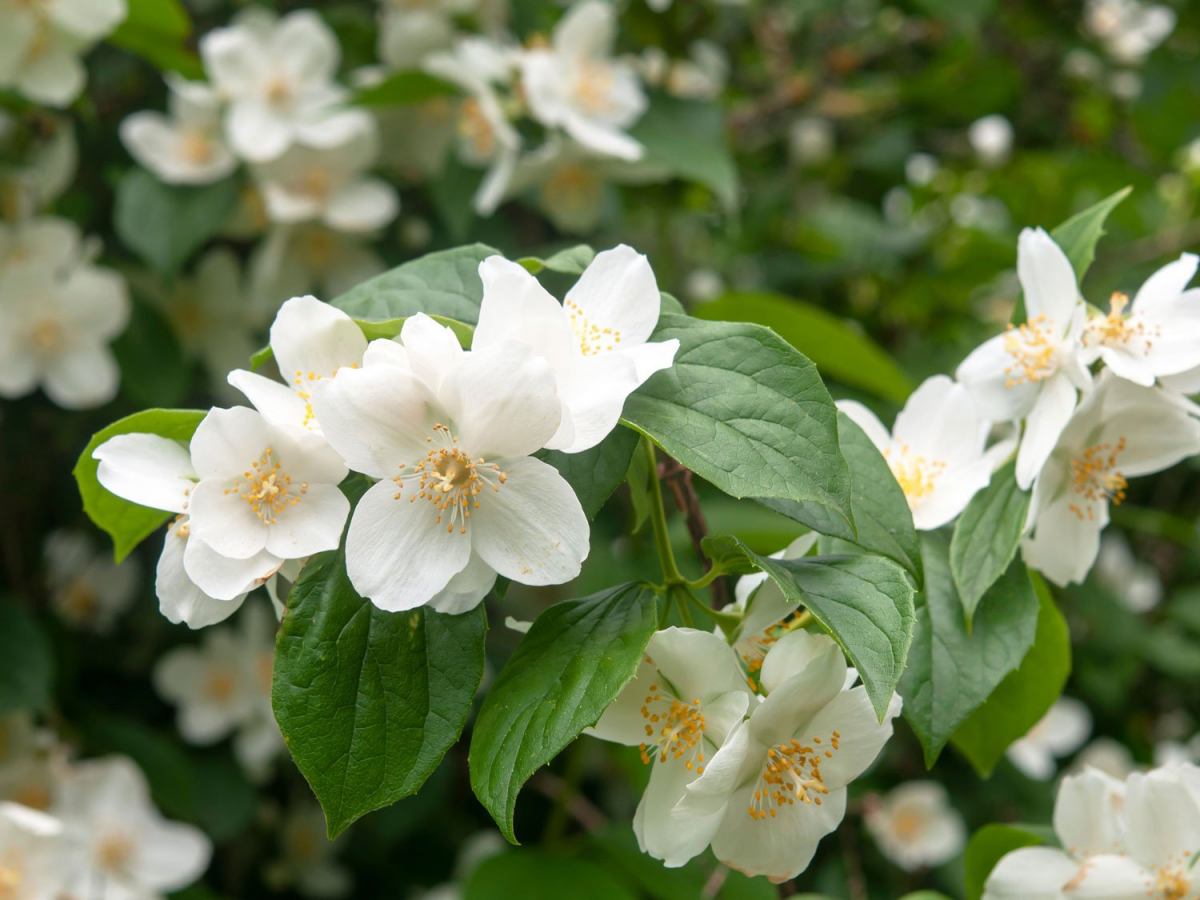
The secret to making white flowers truly pop? It’s all about their companions. Don’t just focus on the bloom; frame it. Pairing a white-flowering shrub with plants that have silvery foliage, like Lamb’s Ear (Stachys byzantina), creates a soft, harmonious echo of light. For a truly dramatic effect, position your white Spirea or Deutzia against a backdrop of deep purple or near-black leaves, like those of a ‘Black Lace’ Elderberry. This stark contrast makes the white seem impossibly bright and luminous.
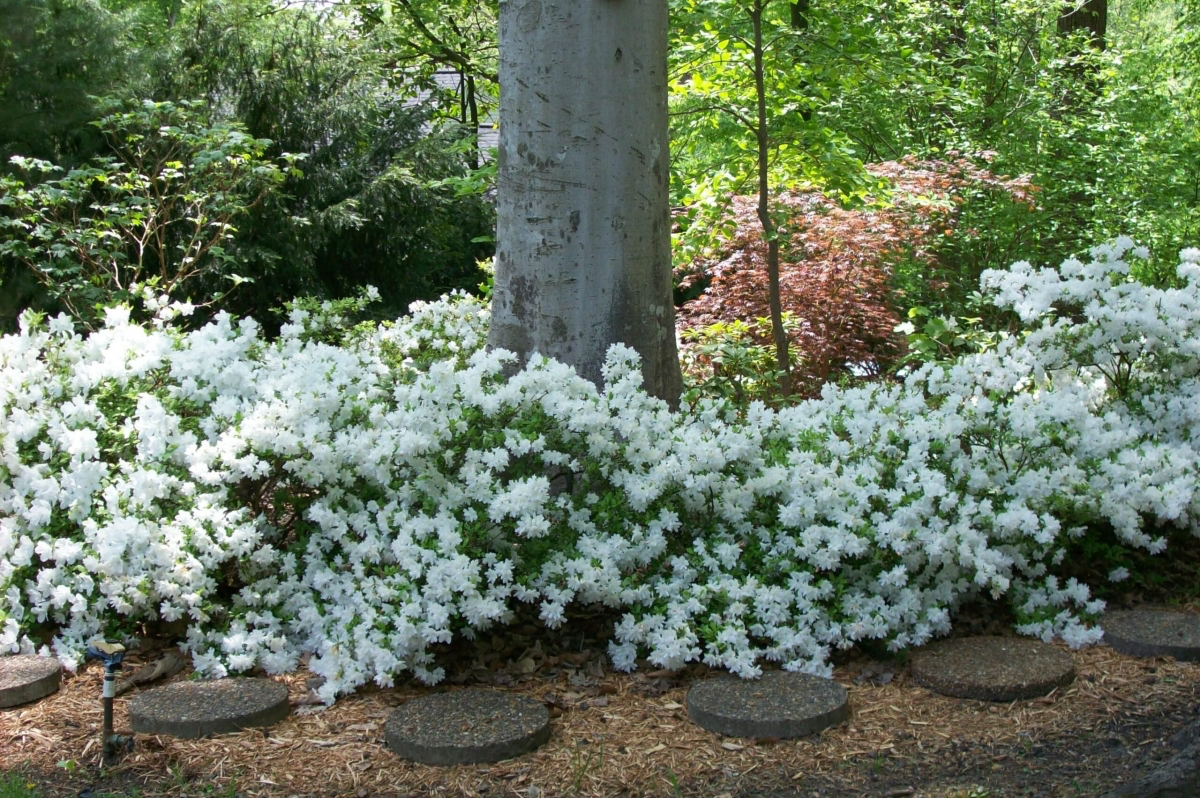
Create a garden that smells as magical as it looks by layering scents throughout the seasons. It’s easier than you think.
- For late spring: The intoxicating, citrus-like fragrance of a Mock Orange (Philadelphus coronarius) is a classic for a reason.
- For early summer: Plant a Gardenia ‘Frostproof’. Its creamy white, perfumed flowers are legendary and the plant is hardier than older varieties.
- For late summer: A Summersweet like ‘Ruby Spice’ offers fragrant white flower spikes (despite the name) that attract butterflies when many other shrubs are finished blooming.
Hydrangea ‘Annabelle’: This classic beauty produces enormous, globe-shaped white flower heads. It’s a showstopper but its stems can sometimes flop under the weight of rain-soaked blooms.
Hydrangea ‘Bobo’: A more compact, modern variety from Proven Winners. It boasts abundant, cone-shaped flowers on very strong, sturdy stems that hold up well all season. It’s perfect for smaller spaces or even large containers.
For effortless structure, ‘Bobo’ is a fantastic choice; for massive, romantic blooms in a sheltered spot, ‘Annabelle’ is unbeatable.










